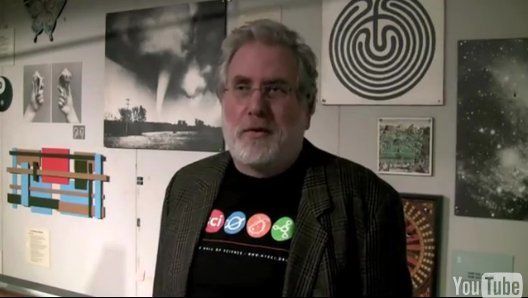
By Janet Perna
former General Manager, IBM Information Management
When I was a young math teacher fresh out of college in my hometown of Middletown, New York, I tried to make math entertaining and practical for my students. I'd have them learn basic arithmetic by doing things like making change and dividing a sheet cake into equal servings. They learned the basics of geometry by imagining that they were tiling the classroom floor. These exercises made math seem useful especially for those children who were not destined for college, but would become the backbone of the community taking on blue collar jobs in Middletown.
Unfortunately, then and now, most children are turned off to math by the time they enter junior high school. I have found that many elementary school teachers with whom I have spoken are intimidated by math, and aren't confident enough to make it interesting and useful to their students. If teachers are afraid, the students will fear math, too. That's why I believe that we need new programs to strengthen math skills and creativity in our university teacher education programs, and, even more broadly, in liberal arts curricula.
At my alma mater, the State University of New York at Oneonta, university President Dr. Nancy Kleniewski has been leading efforts to improve the climate for math and science. She worked with community leaders to establish a STEM Leadership Council that promotes science, technology, engineering and math in the region. She also took the lead in establishing The Fund for Science and Technology, which raised more than $5 million to enhance academic quality and establish scholarships in the university's math and science programs. I served as co-chair of the campaign, along with Dr. William Pietraface, chairman of the SUNY Oneonta Biology Dept.
I'm particularly interested in encouraging young women to pursue majors and careers in math. I was one of only a handful of female math majors when I studied at Oneonta in the late 1960s. There were few girls in my advanced physics classes, as well. Male professors didn't make us feel welcome. Still, I completed my studies and returned home to teach in Middletown, leaving a few years later for California, and, eventually, a long and fulfilling career at IBM.
When IBM hired me as a systems programmer, I had little knowledge of programming. I had taken a single college course, in Fortran. But IBM trained me to work in basic assembler language, which was used in mainframe computers.
Ever since the 1970s, with the rise of the computer industry and its impact on business and society, good software programmers have been in short supply. It was something I struggled with as I rose through the ranks as a manager and, ultimately, the executive in charge of IBM's database and information management software products.
Today, the needs of society for people with math and science skills are even more acute. The explosion of data brought on by the Internet means we need people to design and use systems for gathering, managing and making sense of all of that information. Math algorithms are essential to so much of what we do.
Yet elementary school students are still intimidated by science and math, and, among college students, while about one-third of them major in science, engineering and math, many of those focus on the social sciences. Only about 1% of bachelors degrees are awarded in math and 3% are awarded in computer science, according to the National Science Foundation.
That's not enough. We need more people with math and computer science skills if our economy is to remain globally competitive.
It's incumbent on leaders in industry, government and academia to make the case for math. We have to draw direct connections between math skills and the good they can do in the world-by helping us improve health care, transportation, power distribution, energy exploration and many other fields.
I remember an instance when I was teaching math in Middletown and a father came in and told me that his son didn't need to study math because the family owned a roller-skating rink. They would grow up to be skaters. I don't know how he figured the kids would be able to keep the books. Clearly, he hadn't made the connection between math and running a successful business.
We have to make those connections-for the sake of our children and our country.